Mailing List
Sign up for our mailing list to get latest updates and offers.
Leh-Ladakh, nestled in the northernmost region of India, is a high-altitude desert with an otherworldly charm that captivates every traveler. Surrounded by the towering peaks of the Himalayas and the Karakoram ranges, this remote destination is known for its stark landscapes, pristine lakes, and vibrant culture. The town of Leh, with its ancient monasteries, traditional Tibetan architecture, and bustling markets, serves as the gateway to the region. Ladakh’s natural beauty is showcased through its stunning high-altitude lakes like Pangong and Tso Moriri, the rolling sand dunes of Nubra Valley, and the high mountain passes such as Khardung La. The region is not only a haven for adventure enthusiasts, offering trekking, mountain biking, and river rafting, but also a place of deep spiritual significance with numerous monasteries and festivals that reflect its rich cultural tapestry. Whether seeking solitude in its serene environment or engaging in its colorful festivals, Leh-Ladakh offers an unforgettable experience of nature’s grandeur and cultural richness.
Arrival in Leh: Arrive at Kushok Bakula Rinpoche Airport and transfer to your hotel. Rest and acclimatize to the high altitude. Evening Stroll: Explore the local market and get a feel for the town. Visit the Leh Palace if time permits. Overnight Stay: Leh.
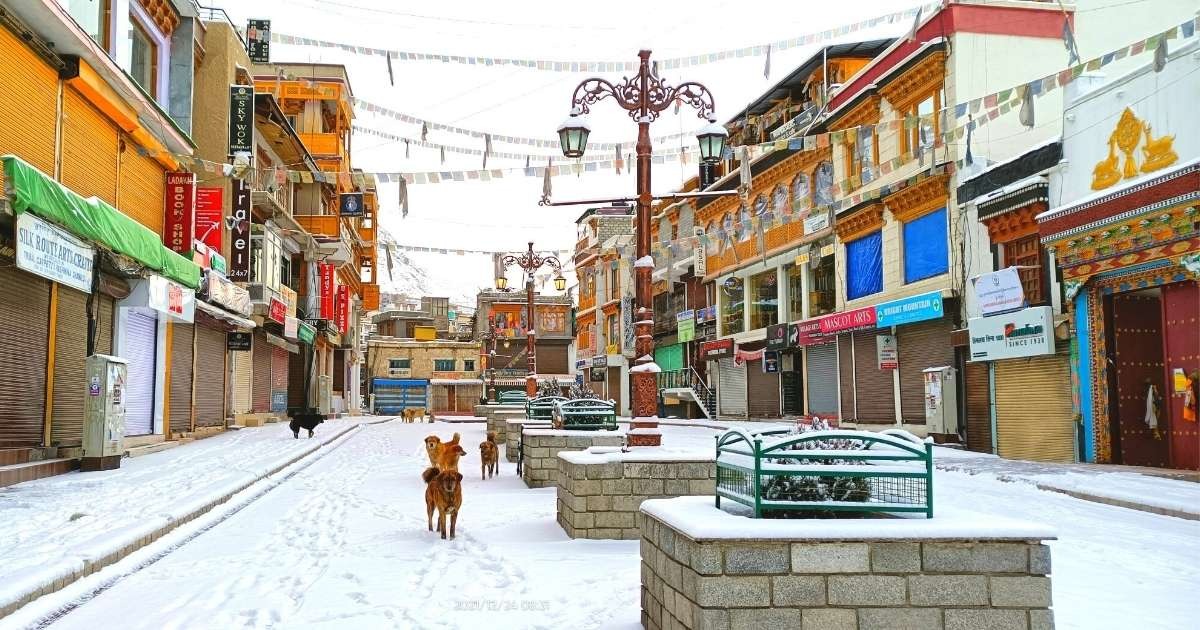
Shanti Stupa: Visit this iconic white-domed stupa offering panoramic views of Leh. Leh Palace: Explore the historic palace which offers a glimpse into Ladakhi royalty. Monasteries: Visit Thiksey Monastery and Hemis Monastery, both renowned for their stunning architecture and cultural significance. Overnight Stay: Leh.
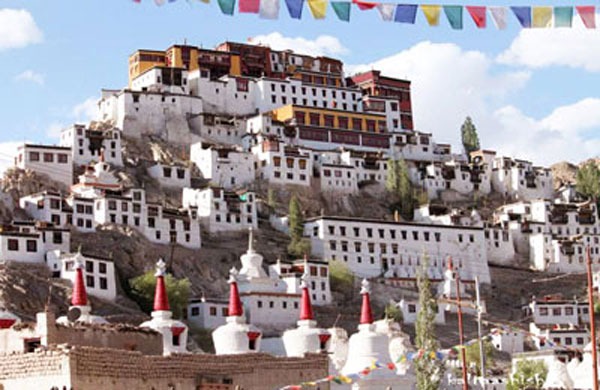
Travel: Drive from Leh to Nubra Valley via the Khardung La Pass, one of the highest motorable passes in the world. Diskit Monastery: Visit the Diskit Monastery and see the large Buddha statue. Hunder Sand Dunes: Enjoy a camel ride on the sand dunes of Hunder. Overnight Stay: Nubra Valley (at a local camp or hotel).
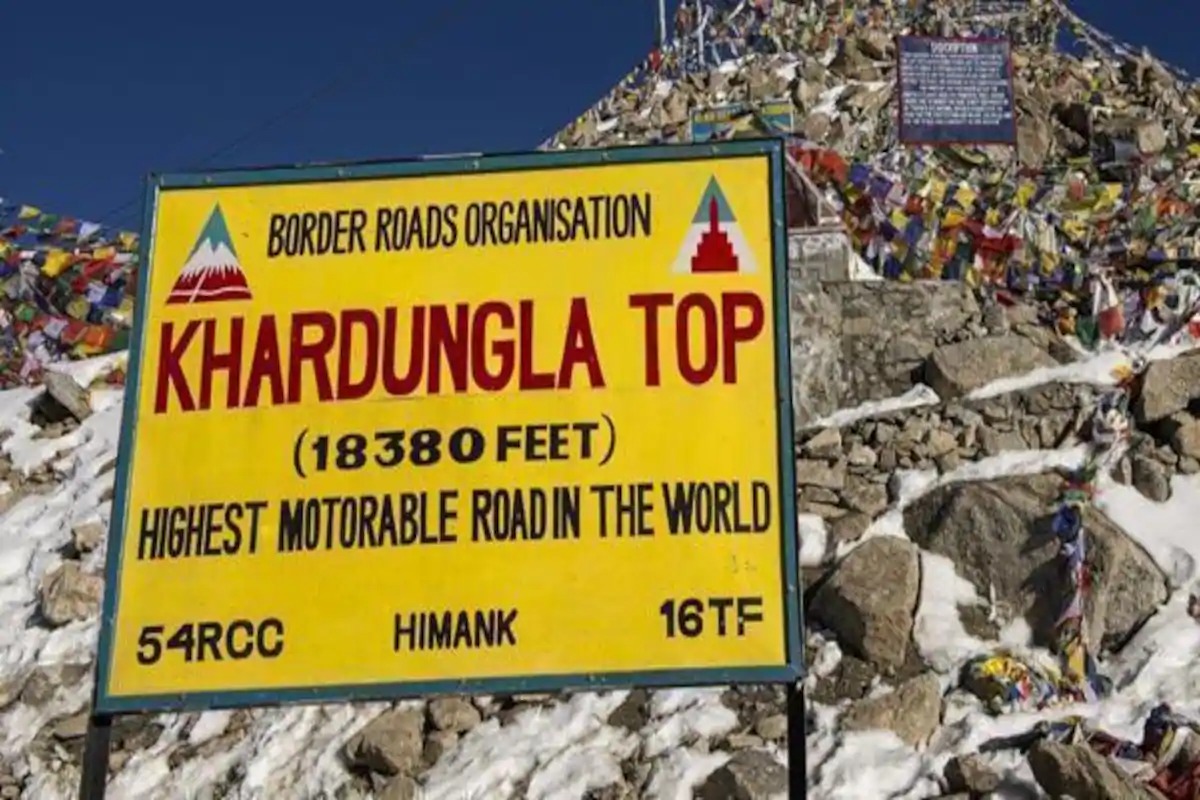
Travel: Drive from Nubra Valley to Pangong Lake. It’s a long journey, so start early. Scenic Views: Enjoy the breathtaking views of the lake and surrounding mountains. Overnight Stay: Pangong Lake (at a camp or hotel).
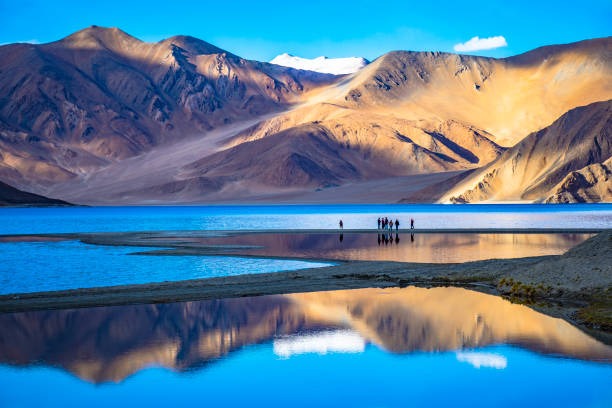
Morning at Pangong: Spend some time enjoying the morning beauty of the lake. Return to Leh: Drive back to Leh, stopping at interesting spots along the way. Rest and Relax: Use the evening to relax or explore any places you might have missed earlier. Overnight Stay: Leh.
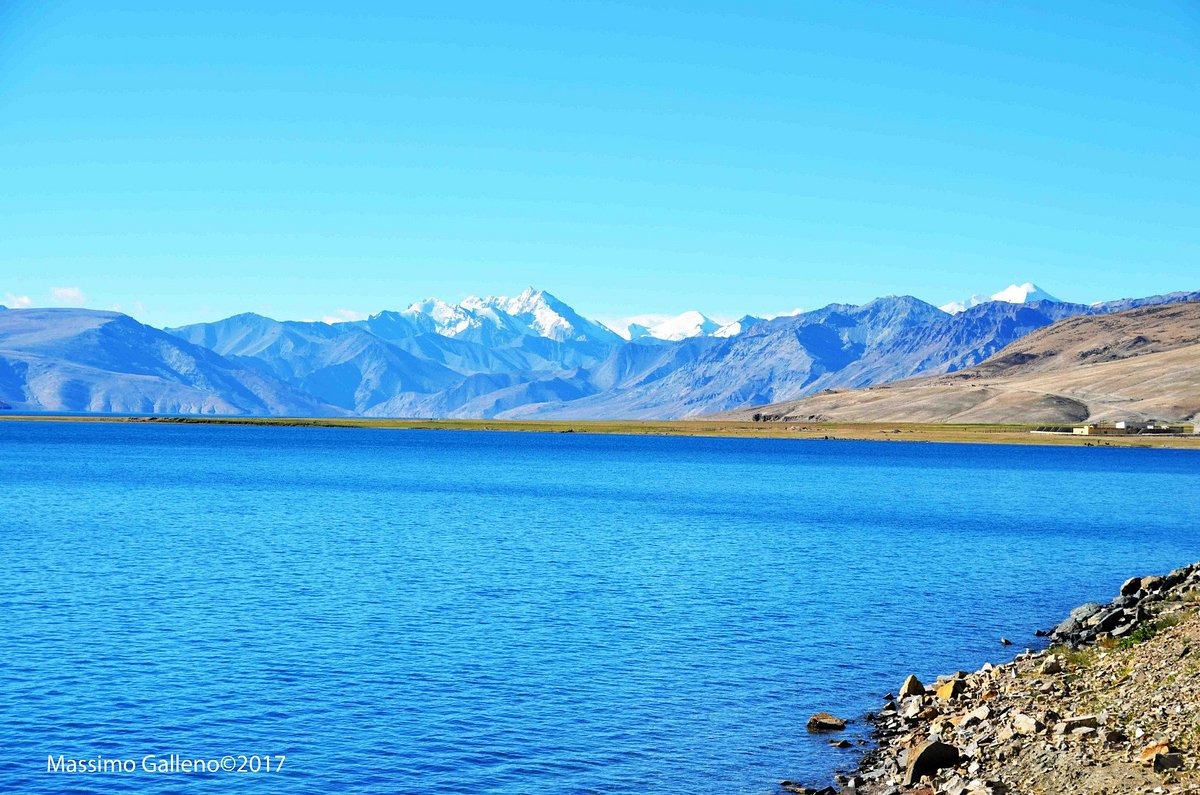
Leisure Time: Depending on your flight time, you might have a bit of time for last-minute shopping or exploration. Departure: Transfer to the airport for your onward journey.
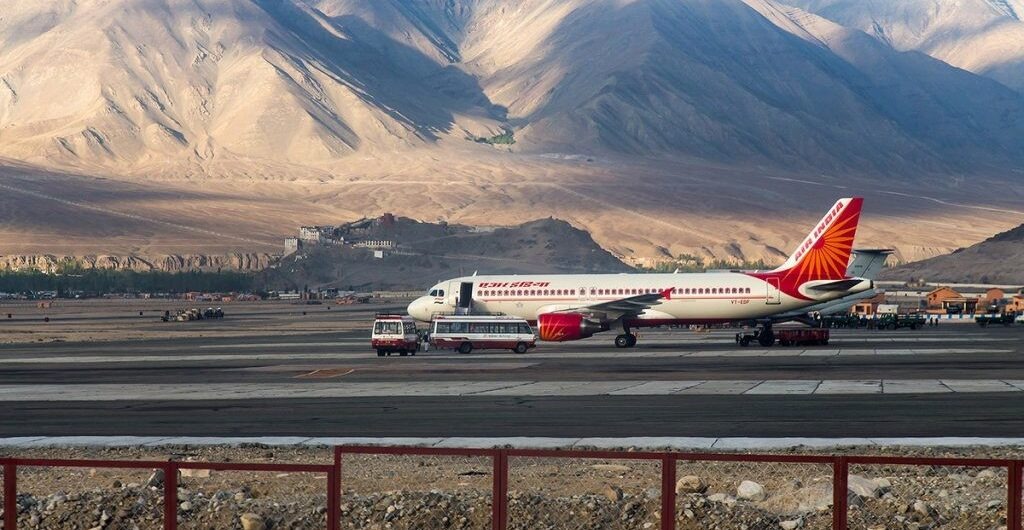
Answer: The best time to visit Leh-Ladakh is between June and September. During these months, the weather is relatively mild, with temperatures ranging from 15°C to 30°C, and most of the roads and passes are open. For those interested in winter sports or seeing snow, December to February can also be appealing, but be prepared for extremely cold temperatures and road closures.
Answer: ATMs are available in Leh, but they may not always work due to connectivity issues. It’s advisable to carry sufficient cash for your trip. Credit cards are accepted at some hotels, restaurants, and shops in Leh, but it’s wise to carry cash when traveling to remote areas.
Answer: Leh-Ladakh offers a variety of food options, including traditional Ladakhi cuisine like Thukpa (noodle soup), Momos (dumplings), and Tsampa (roasted barley flour). You’ll also find Indian, Tibetan, and some international cuisines in Leh. Food in remote areas might be limited, so be prepared for basic meals.
Answer: Yes, Leh-Ladakh is generally safe for tourists. However, it is important to respect local customs and follow travel advisories. Always check for current road conditions and weather updates, and ensure your travel insurance covers high-altitude destinations.
Answer: Popular activities include trekking, biking, river rafting, and visiting monasteries. You can also enjoy camping by lakes, exploring the high mountain passes, and experiencing local festivals and cultural events.
Answer: Mobile and internet connectivity can be limited, especially in remote areas. Most places in Leh have decent connectivity, but expect intermittent signal drops and slower internet speeds. Consider downloading maps and information before you travel to areas with poor connectivity.